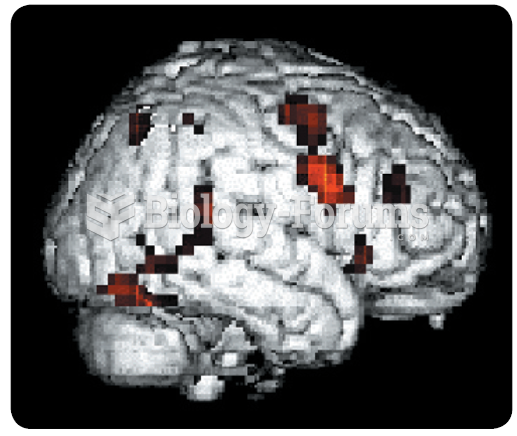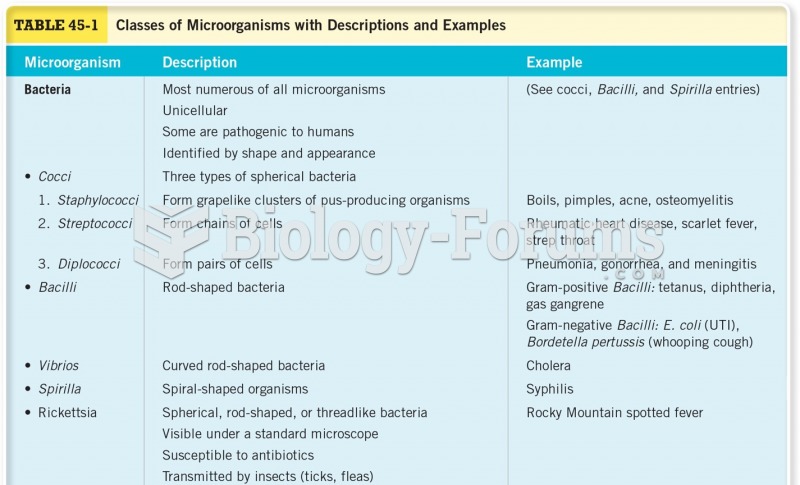|
|
|
Did you know?
People about to have surgery must tell their health care providers about all supplements they take.
Did you know?
Vaccines prevent between 2.5 and 4 million deaths every year.
Did you know?
There are over 65,000 known species of protozoa. About 10,000 species are parasitic.
Did you know?
According to research, pregnant women tend to eat more if carrying a baby boy. Male fetuses may secrete a chemical that stimulates their mothers to step up her energy intake.
Did you know?
In 1835 it was discovered that a disease of silkworms known as muscardine could be transferred from one silkworm to another, and was caused by a fungus.
 Meta-analysis of 18 studies shows that aerobic exercise causes better performance in older adults on
Meta-analysis of 18 studies shows that aerobic exercise causes better performance in older adults on
 Functional magnetic resonance image (fMRI). This image illustrates the areas of cortex that became ...
Functional magnetic resonance image (fMRI). This image illustrates the areas of cortex that became ...





